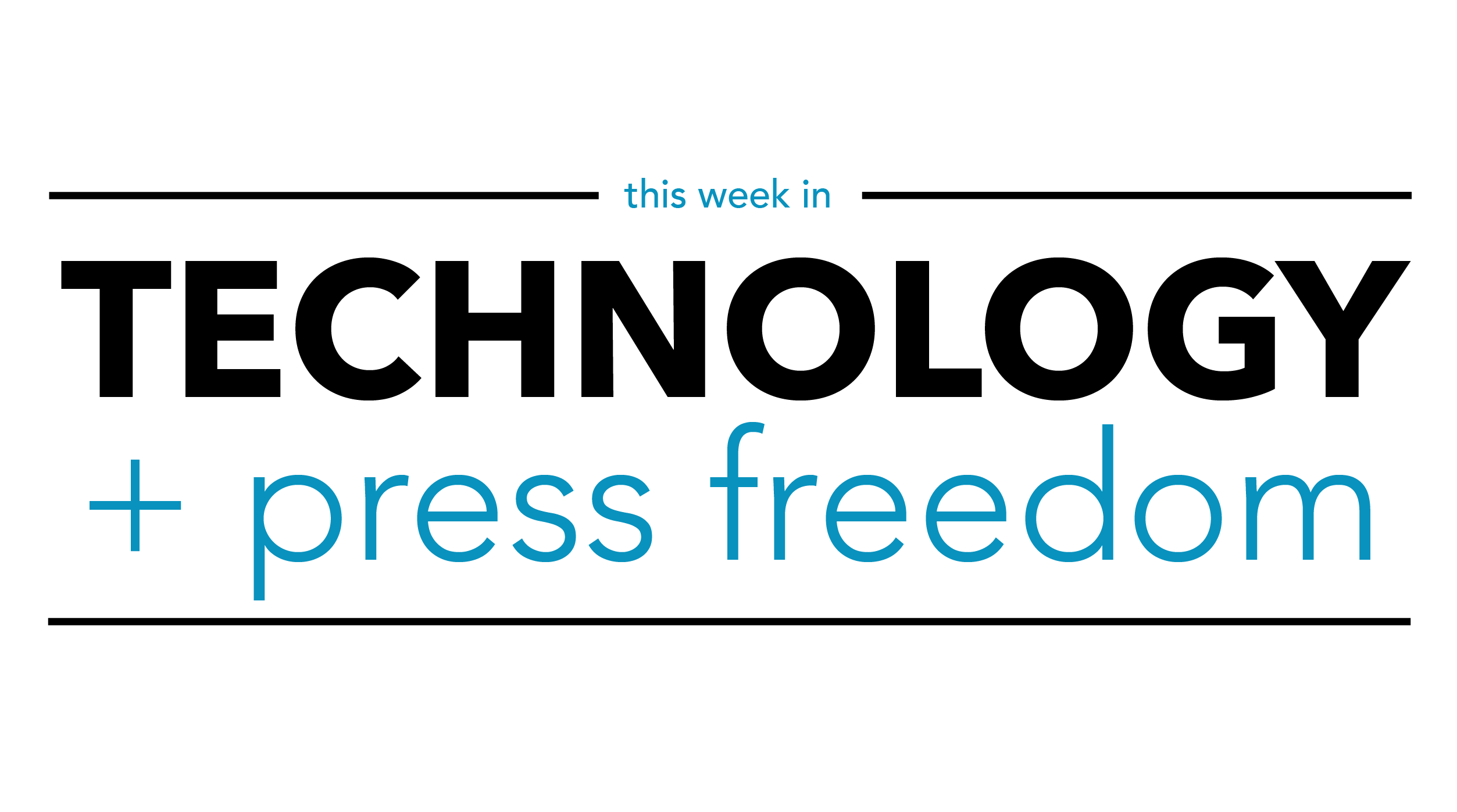Nebraska investigation into suspected medication abortion suggests hidden threats to press freedom post-Dobbs

Late last month, I had a piece in the Columbia Journalism Review arguing that the U.S. Supreme Court’s elimination of a constitutional right to abortion will likely lead to press freedom challenges.
Specifically, I noted that the decision, Dobbs v. Jackson Women’s Health Organization, had created a “crazy quilt” of confusing state-by-state regulation that could impact the press in three ways: (1) reporting on where abortion is still legal could lead to charges or lawsuits for encouraging or aiding an abortion; (2) the availability of medication abortion could prompt authorities to investigate patients and those who help them, which could lead to inquiries into confidential sources; and (3) the modern abundance of digital breadcrumbs would likely lead to intrusive electronic surveillance.
In a case out of Nebraska that made headlines last week, you can see hints of both (2) and (3). As reported by Motherboard and others, a 17-year-old and her mother are facing charges after buying medication abortion pills and terminating a pregnancy after the 20-weeks post-fertilization gestational limit in the state. Notably, the charges followed a June search warrant to Meta for metadata and content from the defendants’ Facebook pages, including a series of direct messages where they discuss the pills. Those records then allowed investigators to get a further search warrant for laptops and smartphones.
It’s important to note that nothing in the search warrant to Meta mentioned abortion, and that the warrant was issued in early June, before Dobbs. Rather, the warrant referenced a Nebraska law governing prohibited acts with skeletal remains, and cited an investigation into a claimed stillbirth by the 17-year-old. (The mother and daughter are, however, charged with violating Nebraska’s abortion statute.)
Nonetheless, the case is illustrative of two new post-Dobbs dynamics vis-a-vis press freedom.
One, the availability of medication abortions creates a new wrinkle in how the law treats the procedure. Historically, it was exceedingly rare for abortion patients (versus providers) to be targeted by law enforcement. Rather, providers would be identified through decoys and informants, and abortions were often identified after complications prompted a trip to the emergency room. Today, however, medication abortions are quite safe and the pills can be obtained online. As a consequence, investigators have an incentive to both target the suspected patient with investigative tools and to use highly invasive means to do so, as they did here.
Additionally, while this particular case did not involve a member of the news media, this dynamic — a possible move to target and punish the patient — is an important news story, and one can easily imagine reporters covering abortion post-Dobbs to use confidential sources in reporting that story. Back during the nascent “War on Drugs,” the seminal Branzburg v. Hayes case was about a grand jury subpoena for testimony about anonymous drug dealers that the eponymous reporter Paul Branzburg had used in a story about hashish. As more of these medication abortion stories abound, we shouldn’t be surprised if we see a similar effort.
The second thing the case shows is how important it will be for journalists covering abortion restrictions to practice good digital hygiene and threat profiling, especially when covering medication abortions. Using messaging services that, for instance, store as little data as possible is an essential precaution, as is making sure that plaintext messages on one’s device are either auto-deleted or scrubbed to protect confidential source information.
While the Nebraska case occurred several months before Dobbs, it’s suggestive of how the new patchwork of laws regulating abortion could theoretically ensnare the press.
Like what you’ve read? Sign up to get the full This Week in Technology + Press Freedom newsletter delivered straight to your inbox!
The Technology and Press Freedom Project at the Reporters Committee for Freedom of the Press uses integrated advocacy — combining the law, policy analysis, and public education — to defend and promote press rights on issues at the intersection of technology and press freedom, such as reporter-source confidentiality protections, electronic surveillance law and policy, and content regulation online and in other media. TPFP is directed by Reporters Committee attorney Gabe Rottman. He works with Stanton Foundation National Security/Free Press Legal Fellow Grayson Clary.